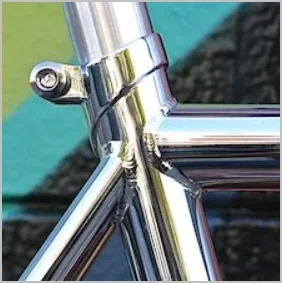I did put in a solid bar inside the tube to prevent the tube from collapsing - also at the far end of the bolt I put in a nylon lock nut along with threading the cross bar. How else do people connect tubes like this? Welding is an obvious choice but I'm never very good at welding these thin wall tubes together.
I've never seen those standoffs that's a good idea. I could maybe 3d print them...
I've never seen those standoffs that's a good idea. I could maybe 3d print them...





